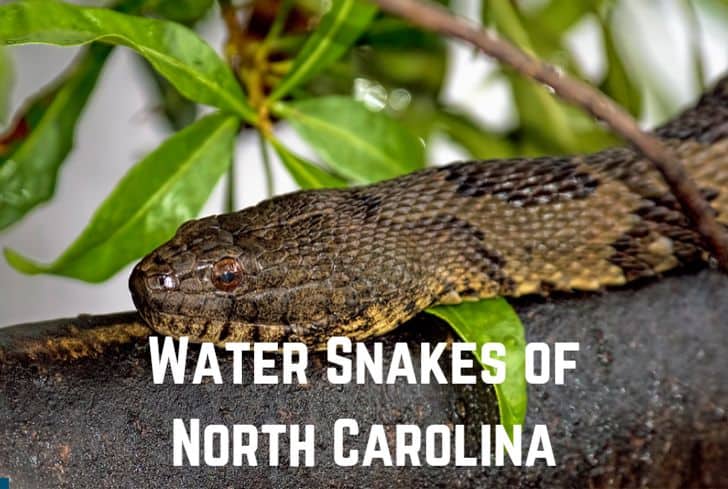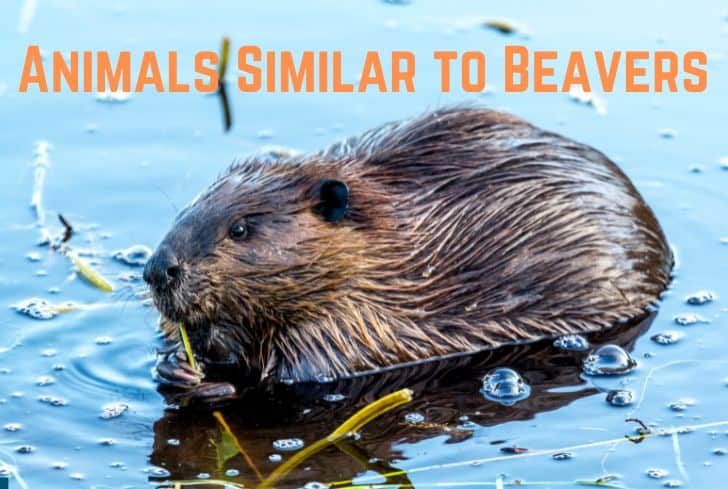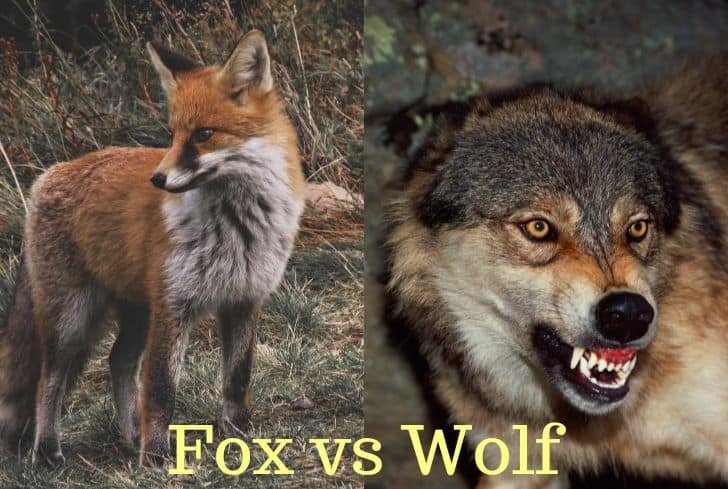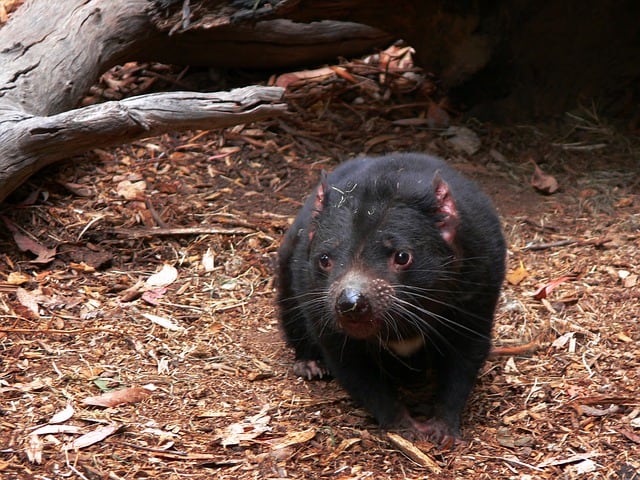What Role Do Elephants Play in Ecosystems?

Be it at the zoo or Safari, Elephants, the planet’s largest terrestrial mammal, are always a big draw. They are fascinating, funny, and intelligent. On top of being the gentle giants, elephants make things better for the environment in surprising ways. This article explores how elephants shape the land and lend a hand to the ecosystem.
Role of Elephants In Ecosystems
1. As Seed Transporters
Elephants are the largest herbivore in the world and they eat a good chunk of plant material every day. As they much on fruits, they pass see through the digestive system and then drop them off in dung. In this way, seeds get dispersed many miles farther. Each elephant can pass thousands of seeds daily.
In fact, a study found that when males search for mates, they move more than 40 miles. Thus elephants become instrumental in seed dispersal, providing an opportunity for plants to colonize new areas. This eventually creates new habitats and food for other animals.
In the Taï Forest of the Ivory Coast, about 21 out of 71 plant species were strongly adapted to dispersal by elephants, who ingest the seeds and release them miles away.
In Uganda, the plant ‘Balanites Wilson’ completely depends on savannah elephants (Loxodonta africana) to consume and disperse their seeds, as no other animals can do this. Out of the three species of elephants, African forest elephants (Loxodonta cyclotis) are the most effective seed transporters.
2. As Ecosystem Engineers
It’s a known fact that when droughts strike, elephants can go up to four days without water. When water becomes overly scarce, elephants use their tusks, trunks, and feet to dig waterholes. By doing so, they not only help themselves but also provides water to other animals.
At times, they also enlarge watering holes so that they’re large enough to use for bathing. A larger watering hole means many species can fight off dry season for survival.
3. As Tourism Magnets
Aa tourism magnets, elephants help attract money for local communities. According to a study, the lifetime tourism value of an elephant is US$ 1.6 million – and that’s huge! One of the best examples of successful elephant tourism can be seen in Botswana.
Botswana is southern Africa’s most prosperous country and home to the largest African elephant population. Wildlife Tourism accounts for about 10 percent of the Botswanan economy. And a part of the revenue goes to expanding local communities and improving their lives.
The revenue generated from wildlife tourism can also be used to protect wilderness areas.
4. They Shape the Landscape
Being a keystone species, elephants play a vital role in shaping the landscape and maintaining the biodiversity of their ecosystems.
In tropical forests, elephants create clearings and gaps by trampling vegetation. This, in turn, allows more sunlight to reach the forest floor, giving close-to-the-ground plants a better chance to grow.
The gaps in the canopy also let plant and tree regeneration and provide habitat for gap-specialized species. Elephants also expand these gaps and, in the process, open up a more productive space to a range of other vertebrates, including gorillas, forest hog, bush pig, bongo, and buffalo.
In savannahs, the elephant helps maintain species diversity by reducing the bush cover. They pull down big trees and destroy thorny bushes thereby creating a place favorable to both browsing and grazing animals.
5. They Help Other Species Survive
There are close to a hundred species that depend on elephants – and this list includes the tiny dung beetle, as well. The dung beetle is a creature that many people probably don’t think of when they consider a large ecosystem. But, although they are a tiny and pretty irritant, it’s also crucial. That’s particularly because the dung beetles make the dung reach soil layers.
Not to mention, elephant dung is an excellent fertilizer rich in minerals and fiber. This is because only half of what elephant eats is actually digested. Thus, elephant dung plays a key role in nutrient recycling allowing speedy germination and growth.
Elephants bring down branches that are too high up. This gives smaller animals access to more food.
6. Protecting Elephants Increases Security
Elephant poaching and ivory trafficking undermine the safety of local villages by causing violence. With wildlife conservation professionals and trained rangers on patrol, locals can defend the community and its wildlife from invaders.
Effects of Elephant Poaching on the Ecosystem
Elephants are being poached on a massive scale, with thousands getting wiped out from their native habitats. In addition to killing for ivory lust, poachers target African elephants to prevent them from destroying crops.
Poaching has devastating consequences for wildlife and goes far beyond individual deaths.
1. On Human Lives
Poaching affects people tragically. In Africa, nearly several hundred rangers charged with protecting wilderness were gunned down by poachers in the past decade.
2. On Local Communities
The lust for ivory isn’t just a disaster to elephants but also the local communities. According to reports, poachers kill over 30,000 African elephants a year. Experts believe that elephants will go extinct if the killing continues.
If there’s extinction, restaurants, hotels, homestays and other attractions would suffer due to poor revenue from wildlife tourism.
3. On Carbon Storage
There’s a close correlation between seed size and wood density in tropical forests, says, botanists and wildlife researchers. It turns out, trees with big seeds store more carbon per unit volume of wood than trees with smaller seeds. Since elephants act as seed dispersers, they are essential to maintain high rates of carbon in tropical forests.
4. On Forest Nitrogen Levels
Nitrogen limitation is a growing concern in many of Central Africa’s forests. Elephants help tackle this by moving nutrients including nitrogen across the landscape as they defecate. If elephant populations shrink due to poaching, this nitrogen won’t be available, limiting future plant growth in the forest.
What’s more, poaching has been linked to increased crime rates, corruption, and money laundering.
What Can be Done to Save the Elephants From Poaching?
An elephant is a keystone species. A threat to or extinction of any keystone species means disruption in the integrity of the ecosystem. The loss or imbalance in an ecosystem may well harm the habitability of our planet.
So, what can be done?
1. Improving The Status of Their Habitat
To reverse the declines in population and secure natural habitats, it’s essential to improve the way the animal lives. Many countries provide wildlife rangers and community scouts to prevent the illegal killing of elephants. Efforts are also taken to minimize habitat loss and human invasion.
2. Don’t Buy, Sell or Wear Ivory
Though ivory is strictly banned, antique ivory can be legally available for purchase in many countries. Ivory has traditionally been used for jewelry, billiard balls, pool cues, piano keys, carved trinkets, and more. Saying ‘no’ to antique ivory is an easy way to extend solidarity with the elephants.
3. Support Conservation Efforts
We can support the organizations that are committed to protecting elephants and end ivory trade. There are many, but here are a few:
• International Elephant Foundation
• International Fund For Animal Welfare
• Elephant Protection Initiative
• African Wildlife Foundation
• Save The Elephants
• UNDP
• Big Life Foundation
4. Foster an Elephant
Many nonprofit organizations rescue orphaned baby elephants and then rehabilitate them back into the wild when they’re old enough. People can adopt an elephant for a bare minimum charge.
5. Visit the Elephants in the Wild
Tourism plays a crucial role in supporting elephant conservation. The fee is used to help protect the animals, fund anti-poaching initiatives, and track the elephants to make sure their safety.
Some of the best places to visit to support elephant conservation, and see elephants roaming freely in the wild include Amboseli National Park in Kenya, Chobe National Park in Botswana, and Kruger National Park in South Africa.
6. Practice Responsible Tourism
As with all animals, it’s important to avoid anything that involves encouraging confinement. In the case of elephants, this could include elephant rides or dancing in a circus. Elephants are not naturally tame and are put through confinement and training to teach them special skills.
7. Donate to the Cause
Many organizations that fight to prevent the extinction of elephants rely solely on donations to do their work. Donations are used for everything from educating local communities, vet care, and legal suits.
8. Wear Your Support
Many wildlife trusts and organizations have T-shirts, car bumper stickers, wristbands, and more to connect with more wildlife lovers. You can help to spread the word by simply wearing them.
9. Educate the Locals
Educating people is one of the ways to put an end to illegal poaching. In Africa, International Wildlife Conservation movements conduct workshops and seminars to teach local people about African elephants and the poaching happening around them. Then there are groups that focus on the brutality and consequences of the ivory hunt.
References:
https://link.springer.com/chapter/10.1007/978-981-10-6605-4_16






